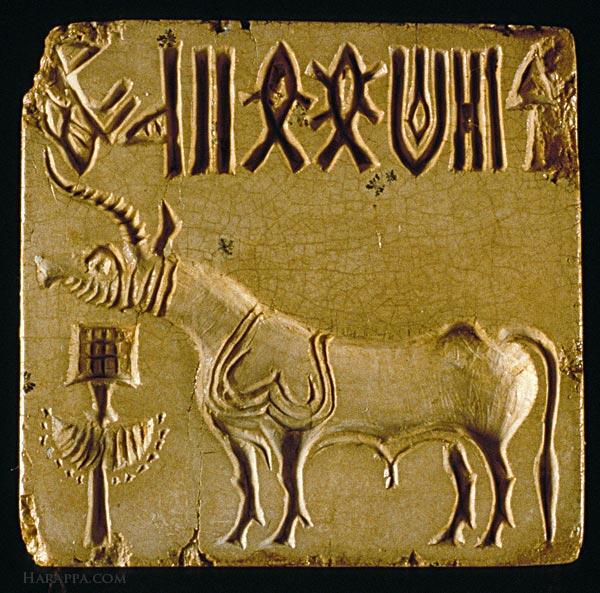The artist
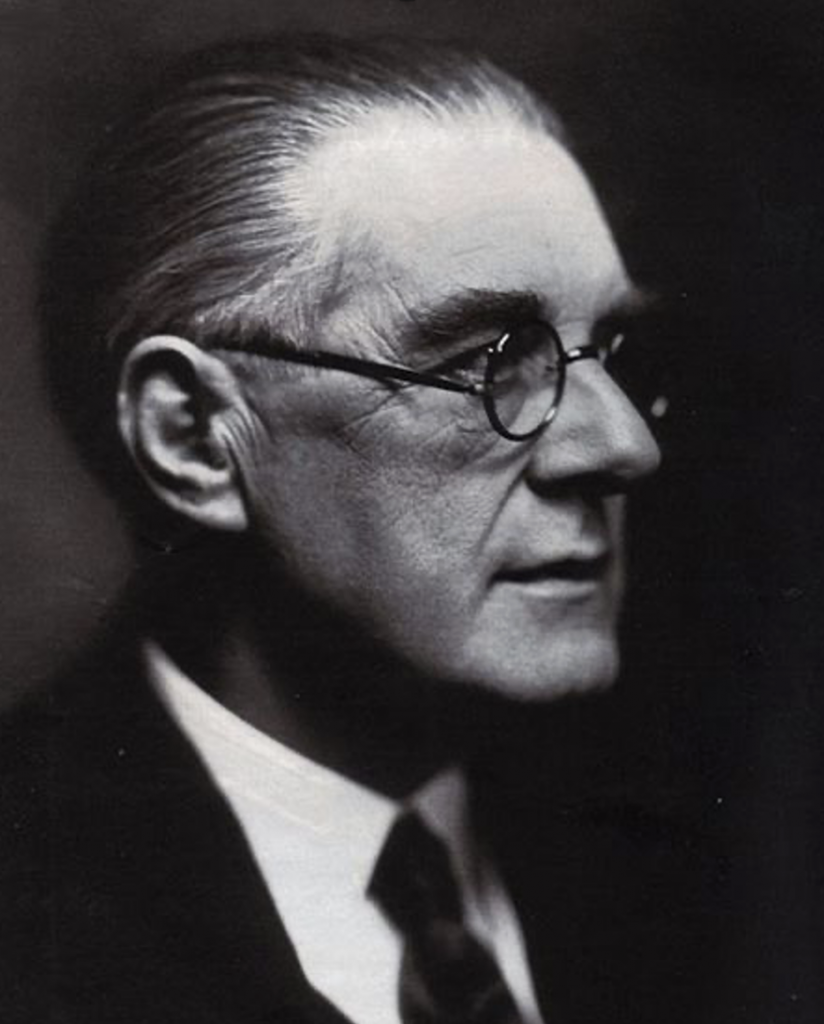
Peter Behrens was a well-known German architect, graphic designer, and industrial designer who is best remembered for the AEG Turbine Hall in Berlin, which he designed in 1909. From the 1900s until the 1930s, he designed products, fonts, and notable structures in a variety of styles such as the following:
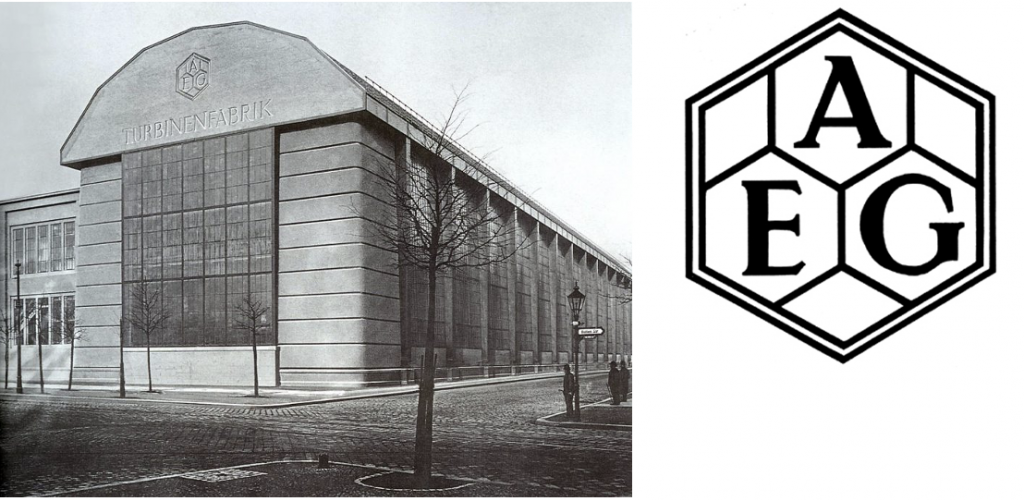
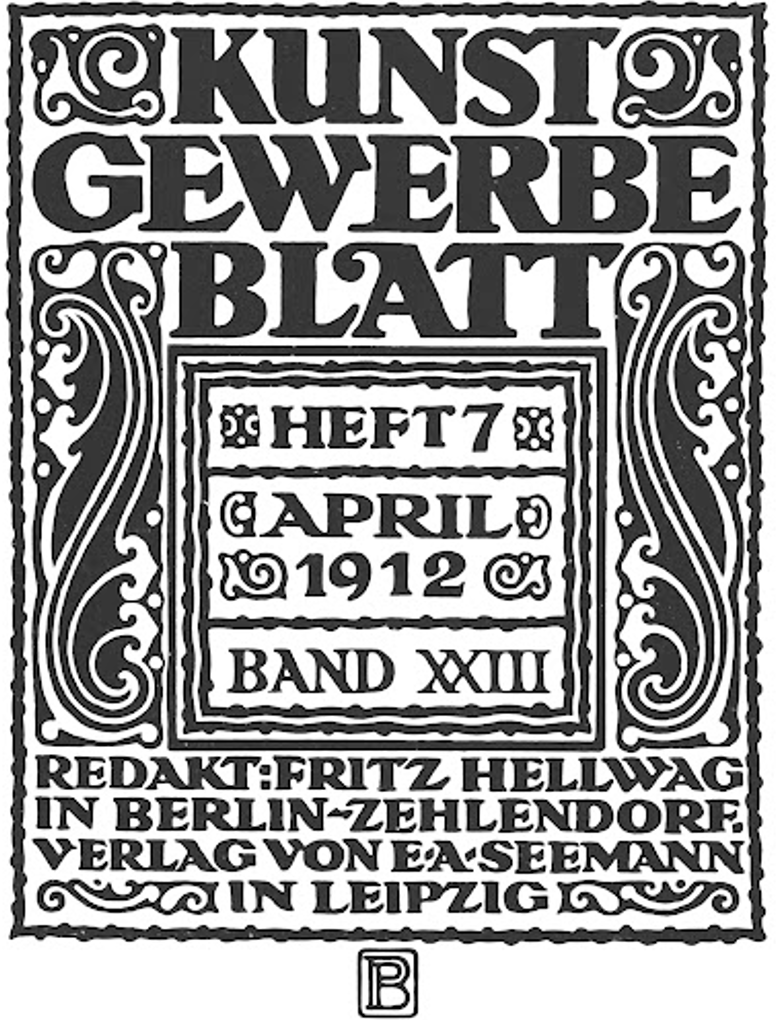
In 1907, he became a founding member of the German Werkbund and began designing for AEG, where he pioneered the corporate design, graphic design, and the production of fonts, products, and structures. He created a new set of typefaces known as “write-Behrens”.
In the following years, he rose to prominence as a successful architect and a pioneer of the German Reform Movement of the 1910s, which was rationalist and classical.
Der Küss (The kiss)
In 1898 he carved the kiss. A woodcut on cream japan paper., which was the fourth of Pan works. ‘Pan’ is the finest of Long’s 1890s series of pastoral paintings. “The kiss” is one of just six woodcuts created by Peter Behrens, and it is the only one in the art nouveau style. This print deviates from standard graphic motifs and is the most well-known German woodcut of the period. Furthermore, while many of the prints in Pan were photo relief line cuts a medium that was appropriate to the art nouveau style’s swirling, linear patterning.
At the same time, the artwork is both erotic and clean. In this beautiful, perfectly arranged composition, two features in profile are enveloped by an intertwined mass of hair on a dark blue backdrop. Despite appearing to show both sexes, the clear linear patterning and flat treatment of the positive and negative regions erase the delineation between the sexes, resulting in an androgynous coupling. The entwined hair implies a suffocating hug from which neither party can break free.
The medium of woodcut reflects a renewed interest in German graphics as well as a fresh interest in Japanese aesthetics.
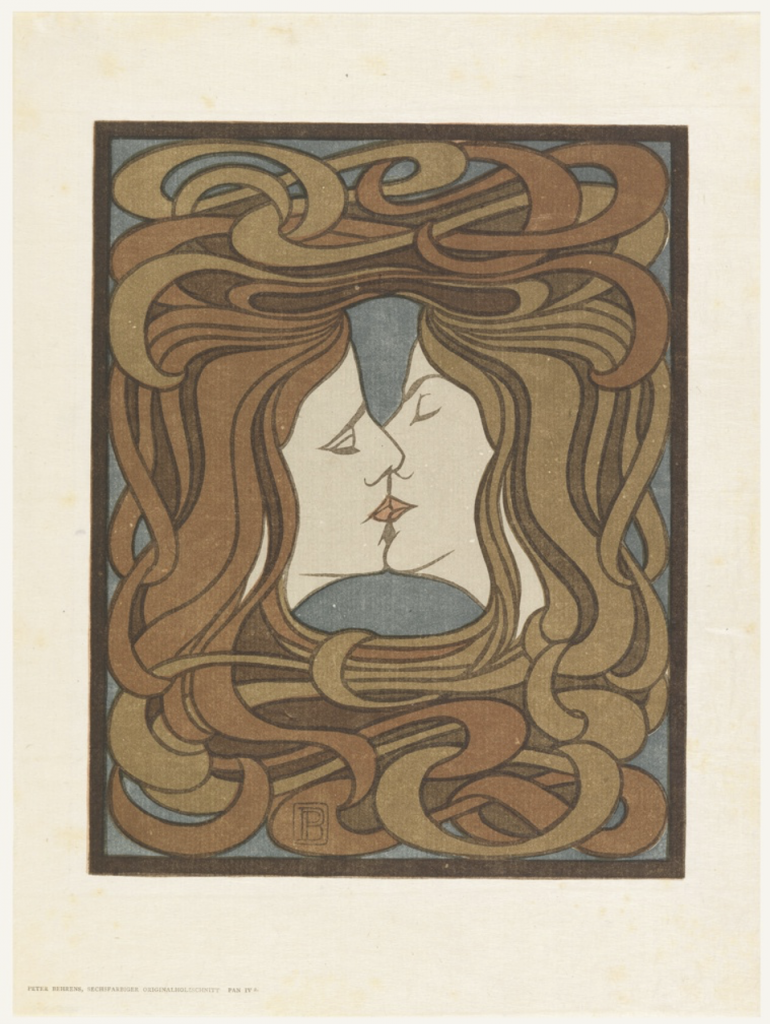
I personally liked this piece of Behrens since it stands out from the style of his other works. It is also one of his pieces that is not straightforward, but open to interpretation. The fact that it was created in 1898 really intrigues me since the style and features of this artwork are not exactly the norm.
Works Cited
Factuall information:
https://www.britannica.com/biography/Peter-Behrens
https://collection.cooperhewitt.org/objects/18701989/
Image sources
https://www.britannica.com/biography/Peter-Behrens
https://www.designindex.org/index/design/peter-behrens.html
https://collection.cooperhewitt.org/objects/18701989/
http://luc.devroye.org/fonts-32504.html



































